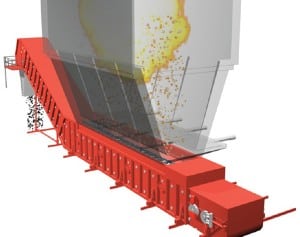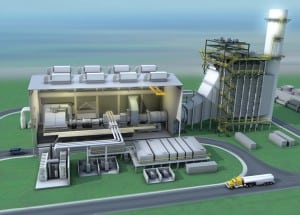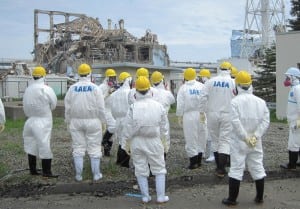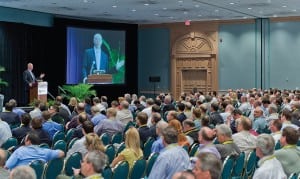POWER
-
Commentary
Geothermal Projects Race to Meet Incentives Deadlines
At the close of 2009, the U.S. geothermal industry had seen seven new geothermal power plants come online in the previous 12 months. In 2010, only one new power plant was completed.
-
News
Bad Gas Policy
The late Dr. Carl Sagan once observed, “We live in a society exquisitely dependent on science and technology, in which hardly anyone knows anything about science and technology (S&T).†I would add that those who know the least about S&T are often the ones responsible for determining policy and funding priorities. One good example of this problem is the piecemeal approach taken to developing carbon capture and sequestration (CCS) technologies.
-
Coal
The Better Environmental Option: Dry Ash Conversion Technology
After the 2008 incident involving the failure of a large surface impoundment containing wet coal ash, the EPA began investigating all coal-fired power plants employing this wet coal ash management method. Now a new dry ash management technology offers coal-fired power plants an environmentally suitable alternative for handling coal ash that also increases energy efficiency.
-
Wind
Charting the Wind: Where the Sector Is Headed
Perhaps the most echoed sentiment at the American Wind Energy Association’s (AWEA’s) WINDPOWER 2011 Conference & Exhibition, which took place May 22 to 25 in Anaheim, Calif., was the call to extend the Production Tax Credit (PTC), the industry’s policy driver, before it expires at the end of 2012. But that wasn’t the only theme. The throngs of companies and organizations that are shaping the rapidly emerging sector around the world had different notions of the factors that help or hinder the growth of wind power, and POWER was there to listen to their perspectives about everything from grid integration, to offshore energy, to technology innovation.
-
Gas
Pushing the 60% Efficiency Gas Turbine Barrier
Gas turbine makers GE, Siemens, and Mitsubishi Heavy Industries (MHI) in the last week of May separately profiled unprecedented results from development or testing of three innovative combined-cycle gas turbine (CCGT) technologies.
-
O&M
Titanium Tubing Still Going Strong After 40 Years
Since 1972, titanium-tubed power plant surface condensers have been providing corrosion-free service. Recent process advances are making the material suitable for even more applications.
-
Nuclear
Germany to Shut Down All Nuclear Reactors
Germany’s Chancellor Angela Merkel at the end of May officially endorsed a plan to shut down all 17 of the nation’s nuclear power plants by 2022. The decision, which gives the power-intensive nation just over a decade to find new sources of power for 23% of its energy needs, has had reverberations all over the world, though the future of nuclear—through growth in developing nations—continues to look sturdy.
-
Business
FERC Surrenders Jurisdiction over Station Power in California
In a surprising decision, a federal agency surrendered some of its regulatory authority—and parts of the industry don’t approve. The Federal Energy Regulatory Commission declined to defend its jurisdiction over station power in the California power market, potentially giving an economic advantage to utility generators nationwide and putting merchant generators at a disadvantage.
-
Nuclear
TEPCO: Most Fuel at Daiichi 1 Melted
Tokyo Electric Power Co. (TEPCO) in May discovered—after calibrating water gauges—that the water level in the reactor pressure vessel of Unit 1 at the quake- and tsunami-ravaged Fukushima Daiichi nuclear plant may have dropped to such low levels that the fuel was completely uncovered. This caused almost all the fuel pellets to melt and fall to the bottom of the vessel at a relatively early stage in the accident—roughly 15 hours after the March 11 earthquake that killed an estimated 28,000.
-
Coal
Consolidation, Market Distortions Underlie Remarks by Industry Executives
If you needed additional proof that the power industry is changing, the ELECTRIC POWER keynote and panel discussions over the past few years have provided it—top-of-mind issues have been significantly different each year. For the 2011 keynote speaker and panelists, the challenges of reliability, regulatory compliance, financing, and getting the fuel mix right took center stage. In the wake of Japan’s nuclear crisis, safety also featured prominently.





